The title sounds funny? I’ll come back to that, I promise. But first, we’ll look at the exterior and data of the dual BIOS card. At least that’s where Sapphire didn’t save money. Compared to the already tested Red Devil by Powercolor and the Evoke by MSI (including the efficiency mod), the Pulse has to make a lot of effort. But always nice one after the other…
In order to make the whole thing a little clearer and to get to the point a little bit more, I have kept the structure of the articles to a large extent, but now I rely more on tables with clear representation of the result values and specifications, which later also guarantee a better comparison of the cards among themselves.
Technical data and picture gallery
The design is based on older Pulse versions and is not really new. Sapphire has probably done without LEDs for reasons of cost. This isn’t really a disadvantage, as there are enough interested people for a darkroom in a closed case. If you don’t have a transparent side panel: here’s a card without a squeaky colorful photon gun.
Matching the promised overview of the most important features:
| Length (outer edge of slot bracket to end of card) | 25,5 cm |
| Installation height (upper edge of PCIe slot to upper side of card) | 12,8 cm |
| Front mounting depth (cooler body to underside of circuit board) | 4,0 cm |
| Rear mounting depth (board to outside of backplate) | 0,5 cm |
| Weight | 919 g |
| Shroud | Anthrazit ABS Keine LED |
| Connectors | 3x DisplayPort 1.4 1x HDMI 2.0 |
| Other Features | Dual-BIOS with Silent-Mode |
An initial overview of the further technical data of both BIOSes is provided by our MorePower Tool. First the similarities, which are the same in both settings:
Now let’s get to the power and the voltages, where there are some slight differences. On the left the OC (Standard) BIOS 1 and on the right the silent version from BIOS 2:
There are hardly any differences with the fan settings, only the target temperature is set somewhat lower with the silent variant:
Die Tabelle gibt noch einmal einen schönen Überblick über die restlichen technischen Daten der aktuellen und der älteren Vergleichsmodelle:
| Data | AMD Radeon RX 5700 XT |
Sapphire RX 5700 XT Pulse |
AMD Radeon Vega 64 |
AMD Radeon RX 5700 |
AMD Radeon Vega 56 |
| Architecture (GPU) | Navi 10 | Navi 10 | Vega 10 | Navi 10 | Vega 10 |
| CUDA Cores / SP | 2560 | 2560 | 4096 | 2304 | 3584 |
| (40 CU) | (40 CU) | (64 CU) | (36 CU) | (56 CU) | |
| Texture Units |
160 | 160 | 256 | 144 | 224 |
| Texture Fillrate (Gtexels/s) | 304.8 | 326.2 | 395,8 | 248,4 | 330 |
| Base Clock Rate (MHz) | 1605 | 1422 | 1274 | 1465 | 1156 |
| Boost Clock Rate (MHz) | 1755 (typisch) 1905 (max.) |
2044 (max.) | 1546 | 1625 (typisch) 1725 (max.) |
1471 |
| Memory | 8 GB GDDR6 14 Gbps |
8 GB GDDR6 14 Gbps |
8 GB HBM | 8 GB GDDR6 14 Gbps |
8 GB HBM |
| Bus (Bit) | 256 | 256 | 2048 | 256 | 2048 |
| Bandwidth (GB/s) | 448 | 448 | 483,8 | 448 | 410 |
| ROPs | 64 | 64 | 64 | 64 | 64 |
| L2 Cache | 4 MB | 4 MB | 4 MB | 4 MB | 4 MB |
| TGP/TBP | 225 W | 250 W | 295 W | 185 W | 210 W |
| Mrd. Transistors | 10,3 | 10,3 | 12,5 | 10,3 | 12,5 |
| Die (mm²) | 251 | 251 | 495 | 251 | 486 |
| Node | 7 nm | 7 nm | 14 nm | 7 nm | 14 nm |
| MultiGPU | DX12/Vulkan | DX12/Vulkan | CF | DX12/Vulkan | CF |
Test system and measurement methods
The test system and methodology are well known, but since I now test independently here in Germany, the test system has also been upgraded again without having to consider the former US colleagues.
The summary in tabular form offers interested parties a quick overview:
| Test System and Equipment |
|
|---|---|
| Hardware: |
Intel Core i9-9900 KF MSI MEG Z390 ACE 2x 8GB KFA2 HoF DDR4 4000 1x 1 TByte Patriot Viper (NVMe System SSD) 1x Seagate FastSSD Portable USB-C Seasonic Prime 1200 Watt Titanium PSU |
| Cooling: |
Alphacool Eisblock XPX 5x Be Quiet! Silent Wings 3 PWM (Closed Case Simulation) Thermal Grizzly Kryonaut (für Kühlerwechsel) |
| Case: |
Lian Li PC-T70 mit Erweiterungskit und Modifikationen Modi: Open Benchtable, Closed Case |
| Monitor: | Eizo EV3237-BK |
| Power Consumption: |
Non-contact direct current measurement on PCIe slot (riser card) |
| Thermografie: |
1x Optris PI640, 2x Xi400 Thermal Imagers Pix Connect Software |
| Akustik: |
NTI Audio M2211 (with calibration file) Steinberg UR12 (with phantom power for the microphones) Creative X7, Smaart v.7 own anechoic chamber, 3.5 x 1.8 x 2.2 m (LxTxH) Axial measurements, perpendicular to the centre of the sound source(s), measuring distance 50 cm Noise emission in dBA (slow) as RTA measurement Frequency spectrum as graphic |
| Betriebssystem | Windows 10 Pro (1903, all Updates) |














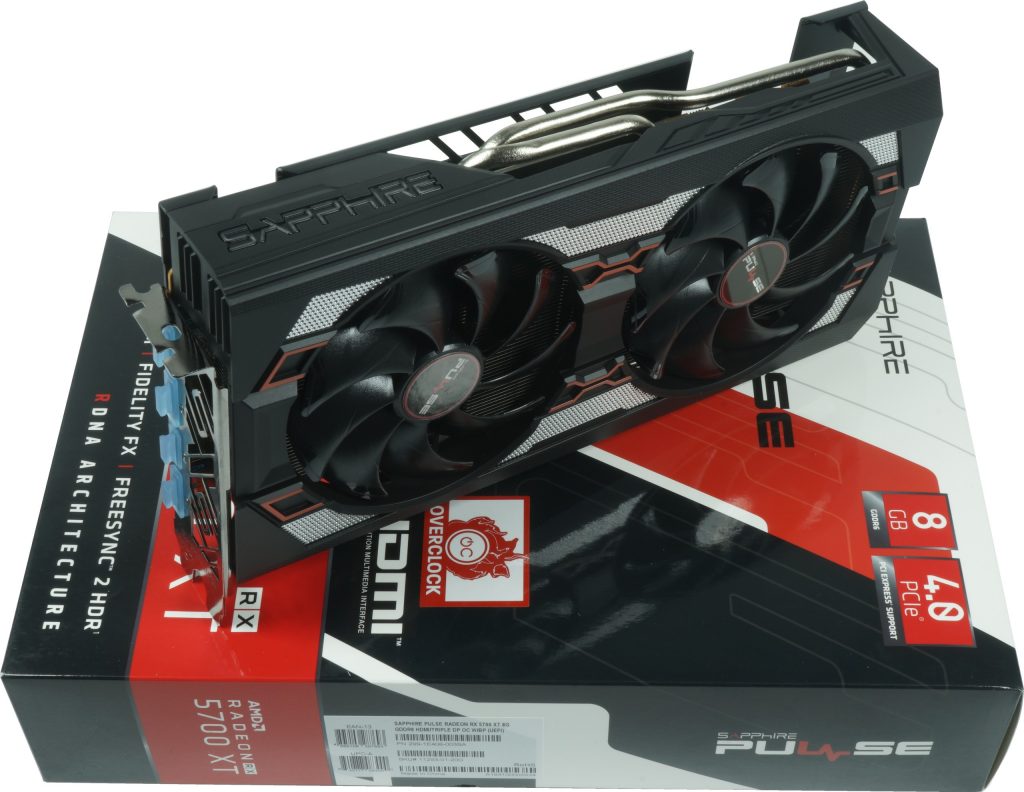
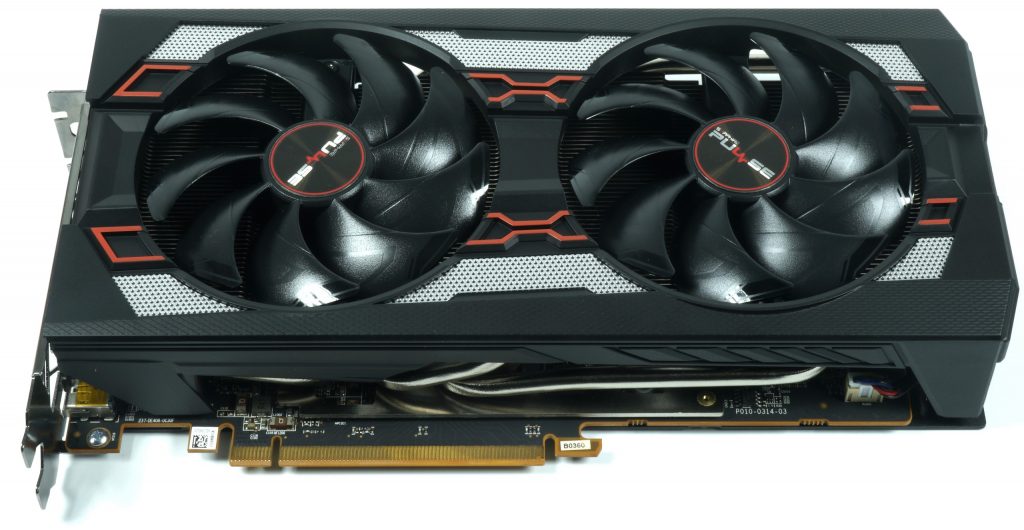
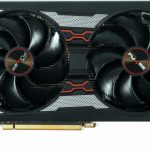
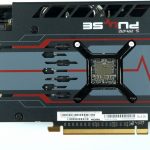
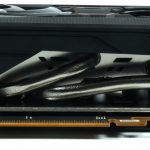
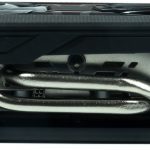
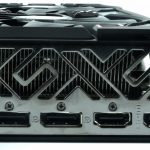
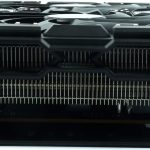
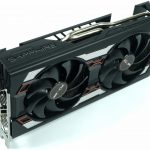
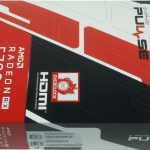
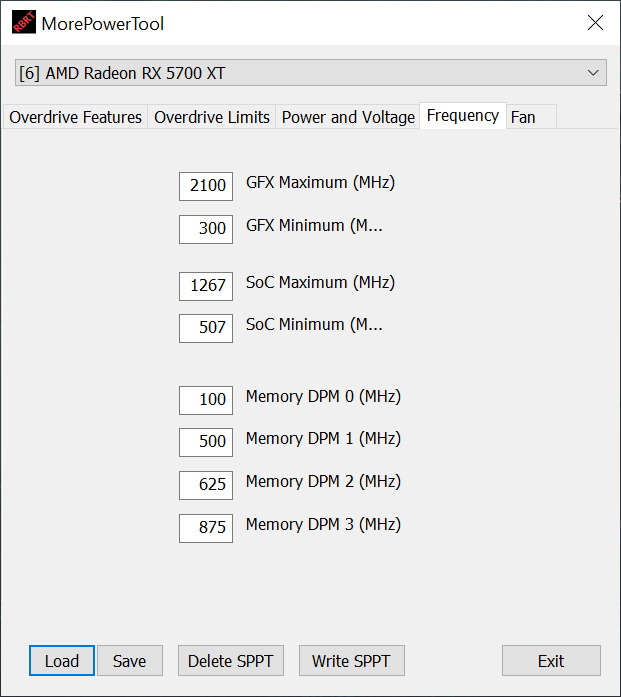
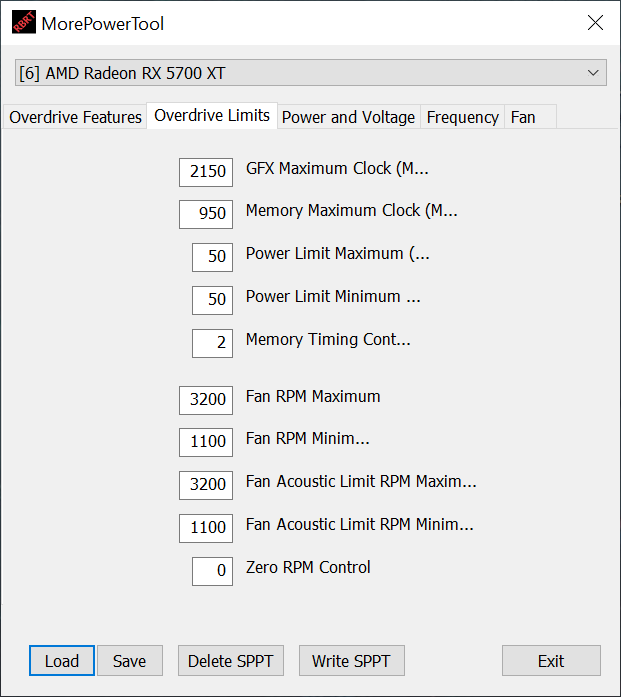
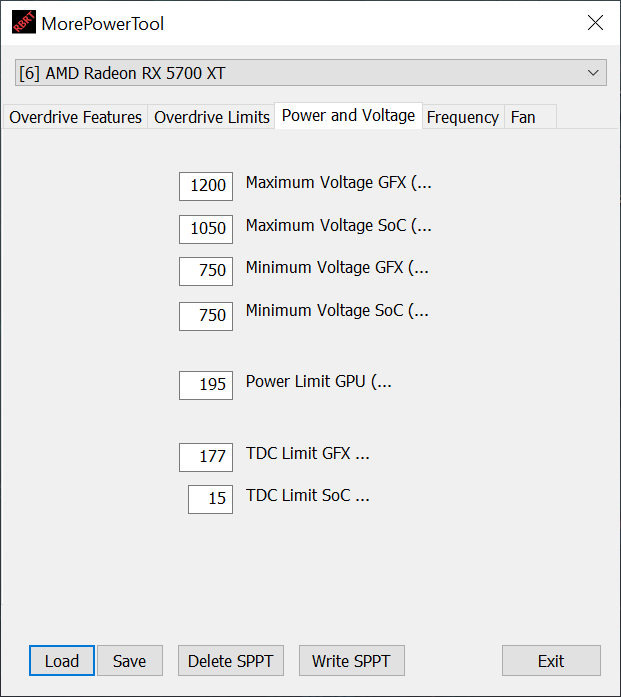
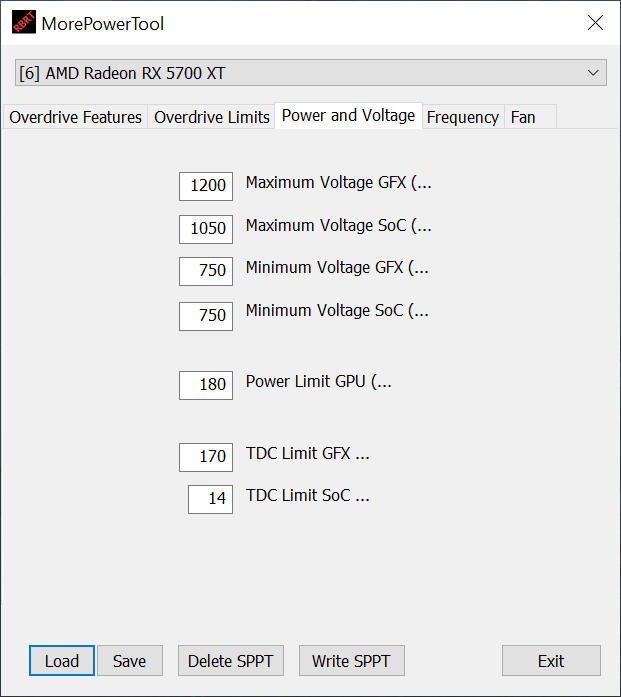
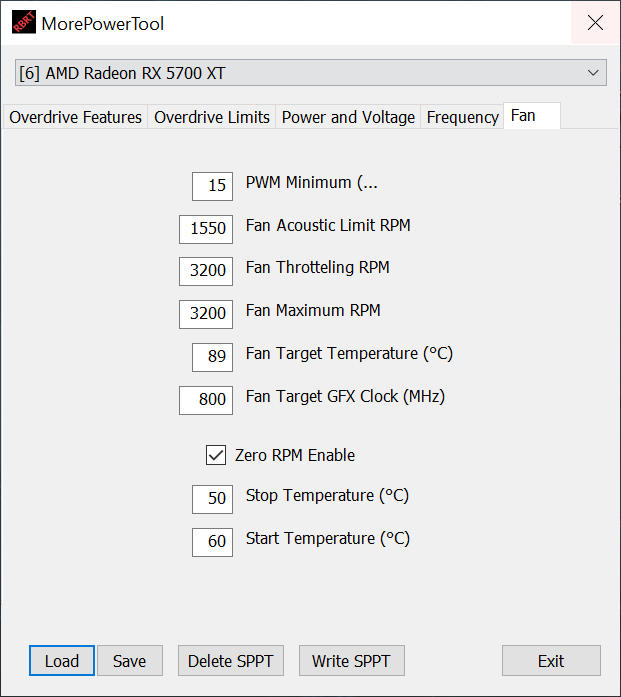

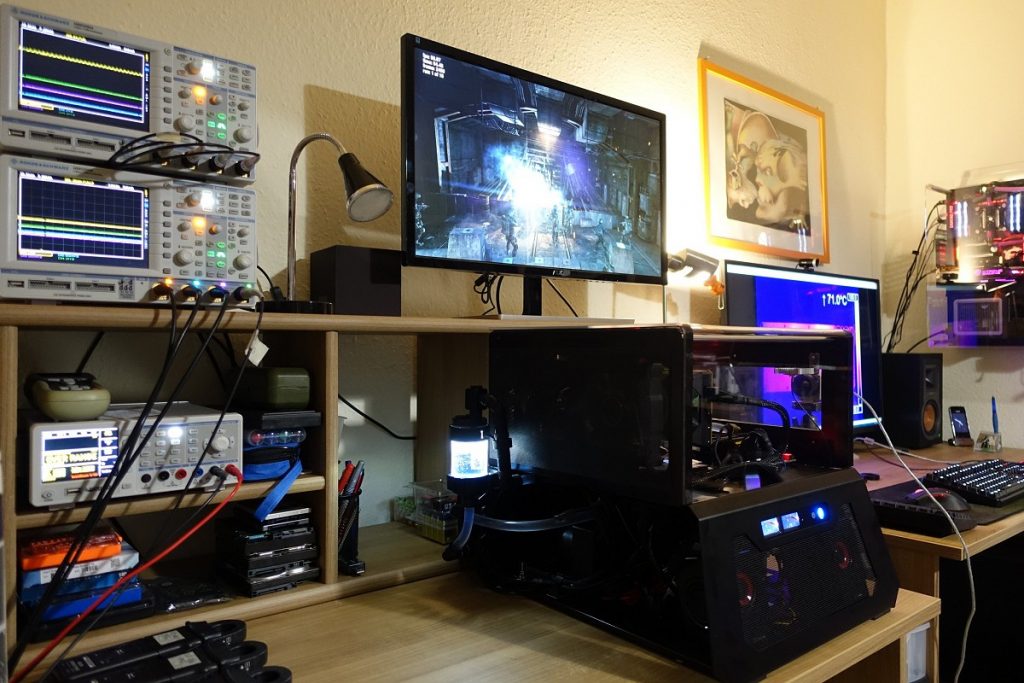


















Kommentieren